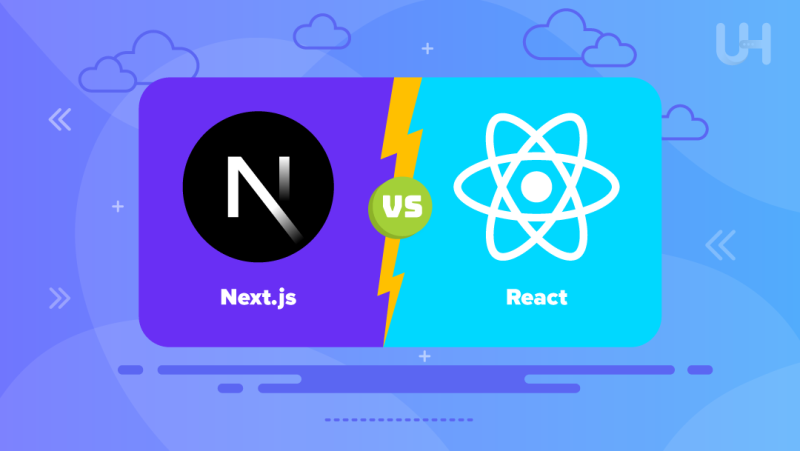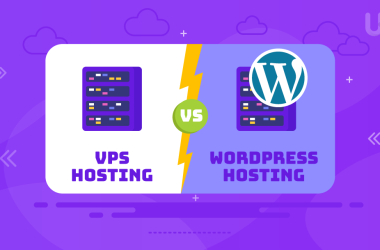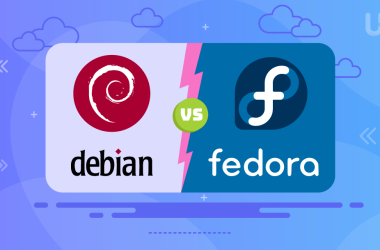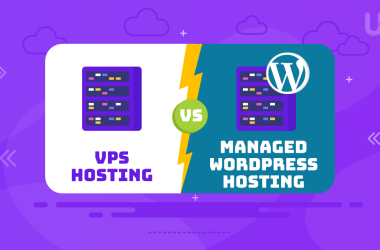Choosing the right framework in web development may truly be a game-changer in terms of your project’s success. The debate of Next.js vs React is not one associated with picking a technology; it should be more about which one meets your project requirements. Both have uniquely interesting features based on the vibrant JavaScript ecosystem, and they target different areas of web development.
This article delves into the nuances of next js vs react, aiming to provide a clear picture of when and why you might choose one over the other.
Deep Dive into React
React, developed by Facebook, is now an inalienable part of modern web development. It is pleasingly effective and flexible when building interactive user interfaces. Technically, React is a JavaScript library used to build JavaScript applications. More specifically, it’s used to build responsive and dynamic web and mobile applications. The strongest point lies in managing the view layer in such a way that one can develop complex UIs as a composition of components.
React is a component-based architecture, meaning components are small, reusable pieces of code that define how some part of the View should appear based on provided input or “Props.” Such modularity permits developers to decompose intricate interfaces into smaller and repeatable constituents, like buttons, forms, or dialogs, and allows easy code reuse and testing.
Virtual DOM, or Document Object Model, makes React one of the pioneering things. Virtual DOM is simply a lightweight copy of the intended normal Document Object Model; it rapidly updates the user interfaces because of its usage. Whenever the state of any component changes, React just replaces this virtual DOM. Afterward, it checks the new version against its old copy and determines how to change that real DOM most efficiently. This selective rendering ensures that there are few performance bottlenecks, which, therefore, makes the updates smoother and renders faster. In the context of React JS web development, these features make it an ideal choice for creating modern web applications that require efficient performance and a seamless user experience.
Exploring Next.js
Next.js can enhance a full-fledged React application with minimal complexity. Made by Vercel, it is empowered with the next features that offer server-side rendering, generation of static sites, and automatic code splitting—all on the verge of modern web application development that can be done effectively across the platform.
This makes Next.js powerful, enabling the server-side rendering process for JavaScript content. Server-side rendering forms an important success factor for Search Engine Optimization and initial load performance. Server-side rendering ensures that the page will already find the HTML populated with data so that it can be indexed by the browser and displayed instantly after the first load, a thing usually hard for a client-side-render application like those made only with React.
Another feature added by Next.js is static site generation. SSG pre-renders pages on build, making it possible to serve them instantly from a CDN. Primarily fixed-content websites are best for this, but blogs, documentation sites, and marketing homepages excel in being high-performance and SEO-friendly.
Next.js is also inherently developer-friendly, supporting file-based routing and API routes to make the development process seamless. Almost all features in Next.js depend on the file system as the scheme of developing applications. Application Programming Interface (API) routes enable you to run server-side code on your Next.js app without setting up a server separately. This is using for performing backend tasks such as submitting forms or querying databases.
Unlock Superior Development Performance!
Are you in search of the ideal VPS hosting for your Next.js or React applications? Experience the speed, security, and SEO benefits with Ultahost. Elevate your project’s potential today!
Key Differences Next.js vs React and When to Use Each
Here’s a detailed comparison between Next.js vs React to clarify the key differences and guide developers on when to use each framework:
| Feature or Capability | React | Next.js |
| Type | JavaScript library | React framework |
| Primary Use | Building user interfaces | Full-fledged application development |
| Rendering | Primarily client-side rendering | Server-side rendering, static site generation |
| SEO Friendliness | Requires additional configuration for SEO | Excellent SEO capabilities out-of-the-box |
| Data Handling | Manages state locally or with additional tools | Built-in data fetching methods like getStaticProps |
| Routing | Requires external library (e.g., React Router) | Built-in file-system-based routing |
| Scalability | Highly scalable with manual optimizations | Automatically handles scaling concerns like code splitting and lazy loading |
| Developer Freedom | High (choose tools and libraries as needed) | Some constraints by framework conventions |
| Best Used For | Highly interactive, client-rendered apps | Medium to large-scale applications where performance, SEO, and initial load speed are priorities |
When to Use React
It is timely for developers who need a flexible, component-based way of developing high-interaction user interfaces. React components allow developers to encapsulate and reuse code efficiently, making the development process more streamlined. React helps build dynamic, responsive applications while keeping the primary concern on client-side interactivity. Using React, the developer builds with customizable building blocks that include specifications for architecture, routing, and state management. To maximize the benefits of these powerful tools, it’s crucial to hire React developers who can expertly navigate and implement these customizable building blocks, ensuring a smooth and efficient development process

When to Use Next.js
Use Next.js for building applications such as an eCommerce website or content-driven sites, where activities like server-side rendering become important for search engine optimization and better performance during load times. This makes development easier because it undertakes many common activities on behalf of the developer; hence, it is apt for projects needing predefined robust solutions for better scalability and efficiency.
They are based on the same core technology but target different project scopes and developer needs. Next.js extends React’s capability and provides more full solutions to problems arising in modern web development.
VPS Hosting for Next.js and React Development
Choosing a proper VPS hosting service is the key to making a great difference in efficiency and effectiveness in your development environment. Especially for frameworks like Next.js and React, every framework gets great value under specific hosting types that will take good care of its special needs. Here, we feature three VPS hosting services specialized for developers working with these technologies:
NVMe VPS
NVMe VPS hosting in this configuration uses the Non-Volatile Memory Express, a paradigmatic technology that ensures fast data access. These services offer faster data transfer speed and lower latency with NVMe drives than conventional SSD drives. This speeds up the process and maintains an adroit workflow for the development environment in Next.js through quicker build times and re-deployments.
SEO VPS
Applications with higher demands for search engine optimization configure SEO VPS hosting to meet their needs. This easily comes with integrated tools and software; it optimizes server response times, which are very important for React applications to keep their SEO rankings through performance. Server responses are fast, and uptime is certain because it is reliable in ensuring that web app favorability remains at par with the engines.
DDoS Protected VPS
Security is one of the topmost concerns while developing a web service since DDoS is a major online threat. Hosting your development environment within a DDoS protected VPS means layers of multiple defenses are put in place to ensure that the attacks do not interrupt your applications’ smooth running within the deployment environment. This hosting goes a long way toward making sure both Next.js and React projects are not offline for too long, giving way to grab potential losses in user engagement and trust.
This is a more specialized VPS option because your development environment has to be strong, efficient, secure, and well-optimized for search engines. The right VPS can make all the difference in project success, whether you’re working on dynamic, server-rendered applications with Next.js or creating complex client-side apps with React.
Conclusion
This vividly shows no one-fit-all conclusion exists in this next js vs react js article. The choice relies on the peculiarities and purposes of your project. React is a highly flexible UI library; it comes in handy when writing large amounts of code for creating complex and interactive user interfaces. However, Next.js is suited for those who need a more full-fledged framework that can control features ranging from server-side rendering and static site generation to fine-tuning web performance. It has more powerful abilities for more complex projects.
Choosing the right web hosting is crucial for any developer. With Ultahost’s reliable and efficient services, you can ensure your Next.js vs React projects are hosted on a platform that maximizes performance and scalability. Opt for Ultahost for your web hosting needs to give your projects the edge they deserve.
FAQ
What’s the difference between Next.js vs React?
React is a UI library for building user interfaces, while Next.js is a framework that offers additional features like server-side rendering on top of React.
When should I use React?
Use React for customizable environments that require building dynamic interfaces from scratch.
Why choose Next.js?
Next.js provides features like code splitting and server-side rendering, ideal for SEO-friendly and high-performance websites.
Can Next.js and React be used together?
Yes, Next.js enhances React applications with additional structure and features.
What projects are ideal for Next.js?
Next.js suits medium- to large-scale projects requiring server-side rendering and static site generation.








